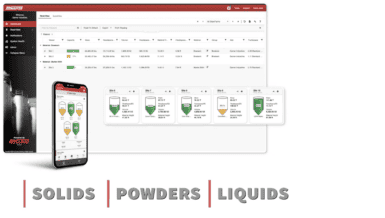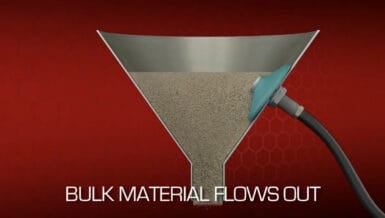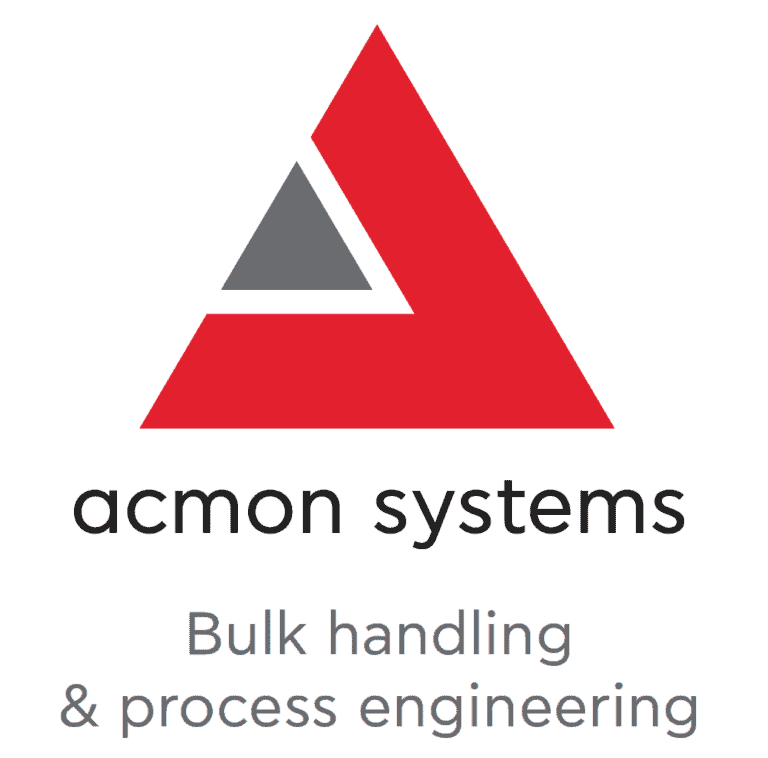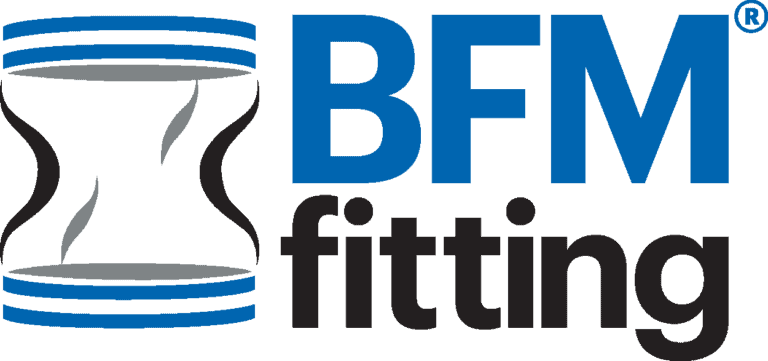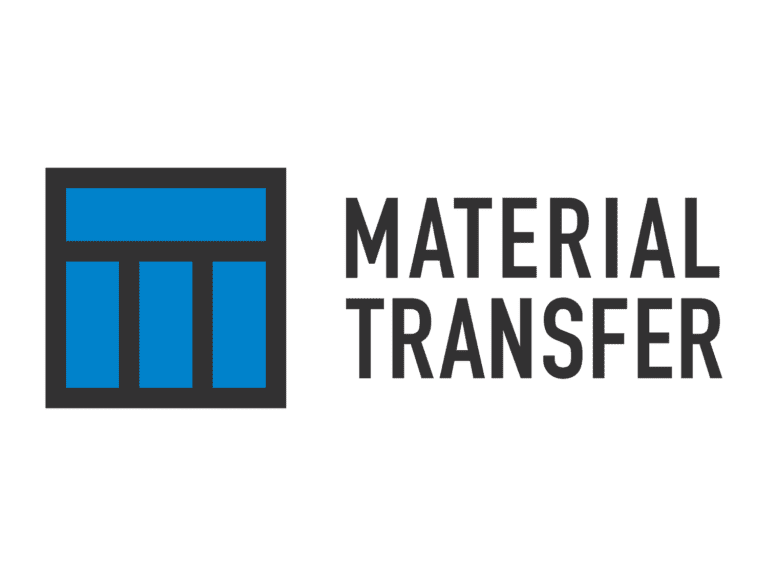The basic definition of flowability and the influencing factors was covered in my previous post. I’d now like to get more detailed into the determination of the flow properties by shear testing.

The goal of shear tests is to measure the yield limit of a consolidated bulk solid. The yield limit for bulk solids is called the yield locus. As shown in the pictures below the bulk solids are loaded vertically by a defined stress “s” and with a shear stress “t” that gives a resulting force FR. The shear stress is applied with constant velocity until a steady state is achieved, which means the shear stress remains constant and doesn’t further increase. This step of the test is called “preshear.”
In the next step called “shear,” the vertical preload “s” is reduced and a shear deformation is applied. The needed shear stress to failure is recorded. As the sample is not fully consolidated as it is in the preshear test, the shear stress is reduced once the bulk solids reach incipient flow. The goal of shear tests is to measure the yield limit of a consolidated bulk solid. The yield limit for bulk solids is called the yield locus. As shown in the pictures below the bulk solids are loaded vertically by a defined stress “s” and with a shear stress “t” that gives a resulting force FR. The shear stress is applied with a constant velocity until a steady state is achieved, which means the shear stress remains constant and doesn’t further increase. This step of the test is called “preshear.”
In the next step called “shear,” the vertical preload “s” is reduced and a shear deformation is applied. The needed shear stress to failure is recorded. As the sample is not fully consolidated as it is in the preshear test, the shear stress is reduced once the bulk solids reach incipient flow.

The yield locus is a summary of all tests performed. It provides information of bulk solids respective flow properties. The yield locus thereby considers the max shear stress the fully consolidated bulk solids can handle down to lower shear stress levels of the unconsolidated solids.
There are different shear cell tests available on the market, such as the Jenike shear tester, Schulze ring shear tester, Brookfield Powder flow tester, or the Freeman FT4 powder rheometer.





